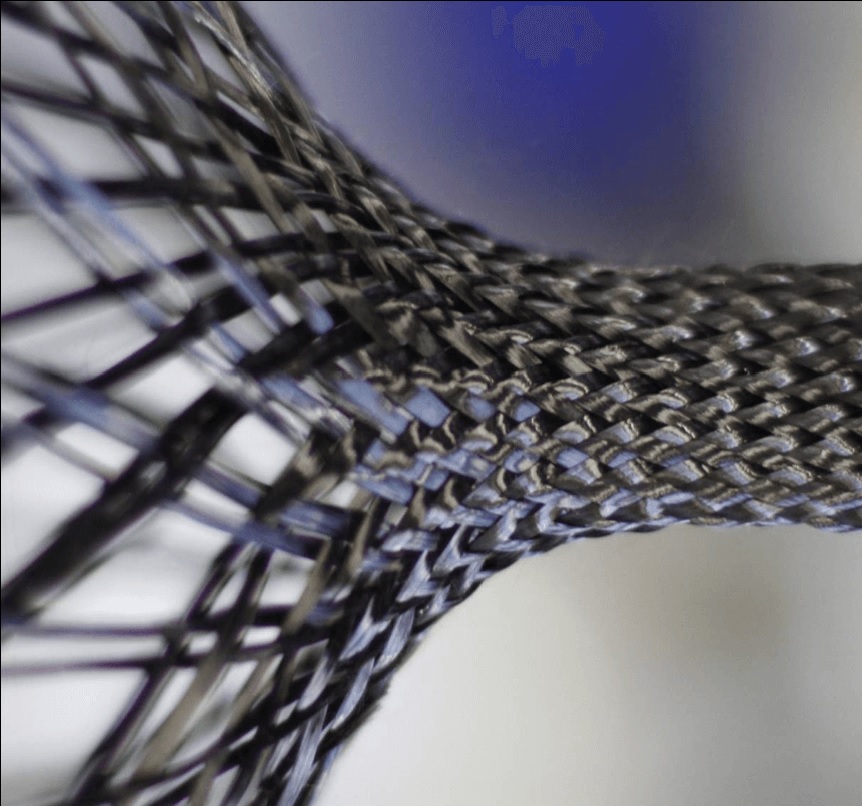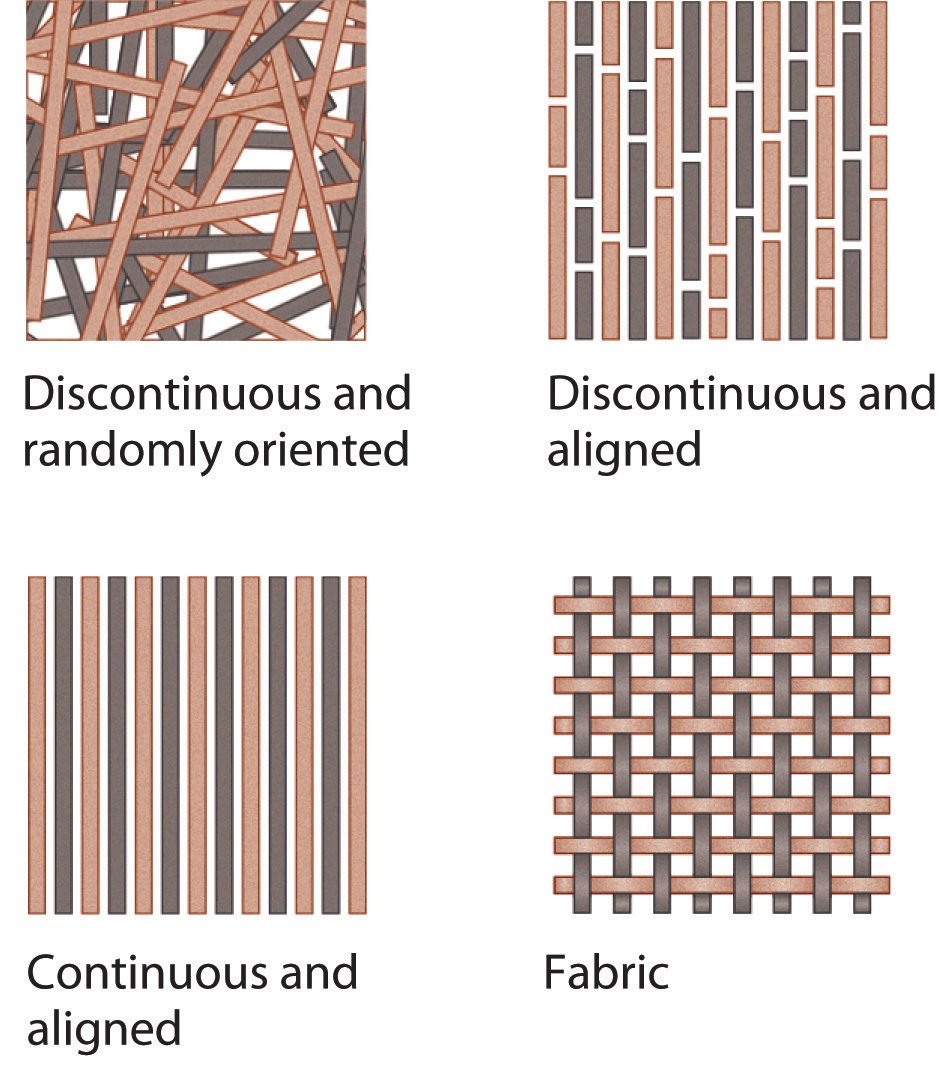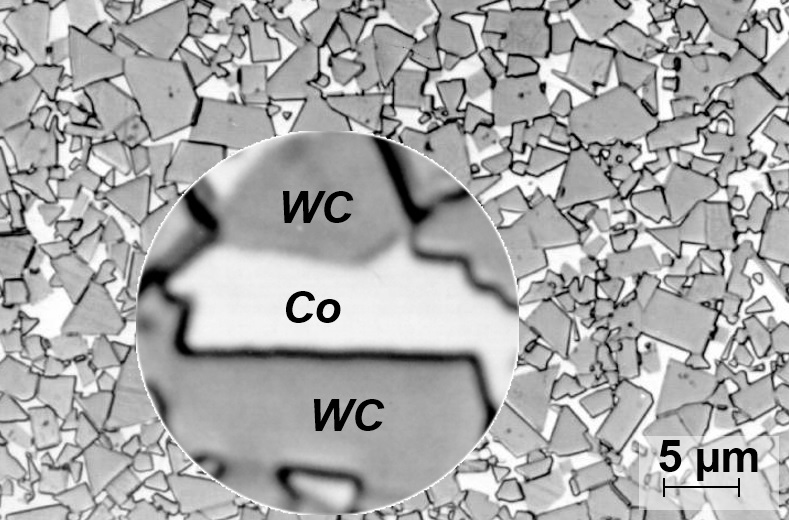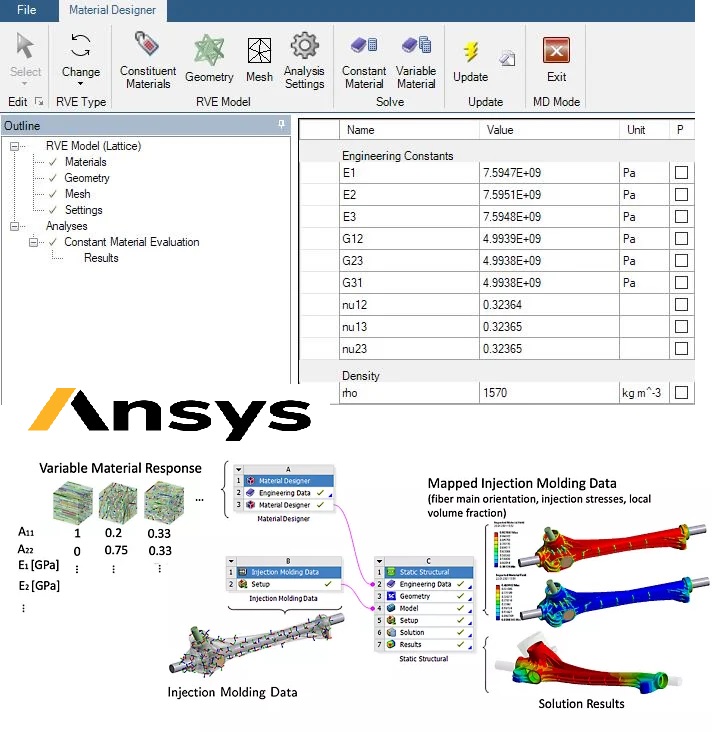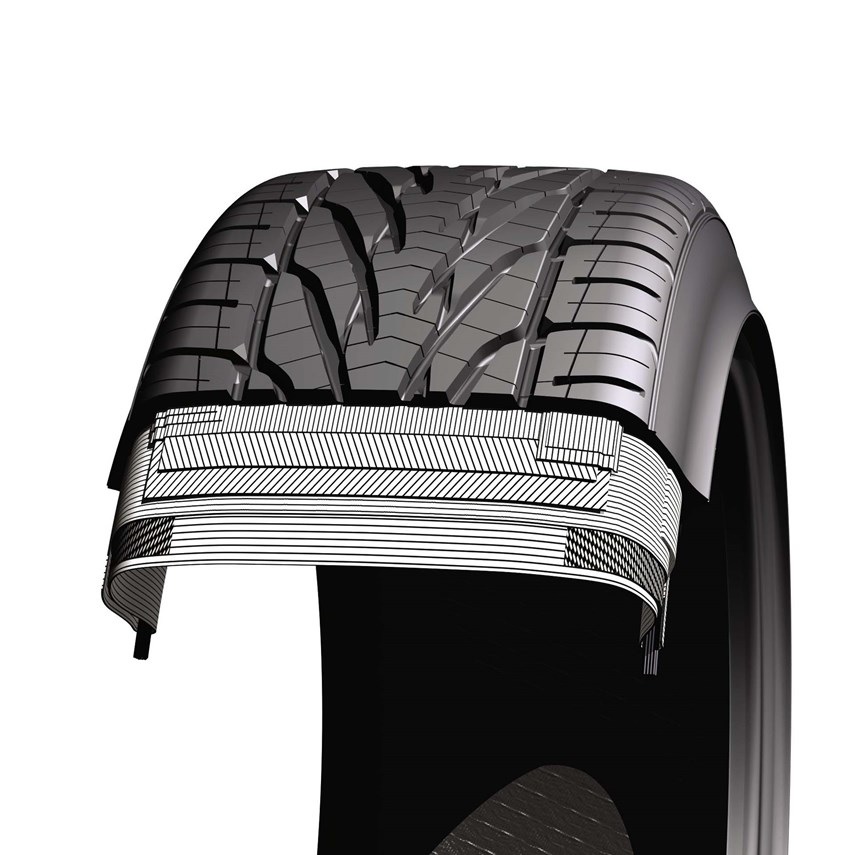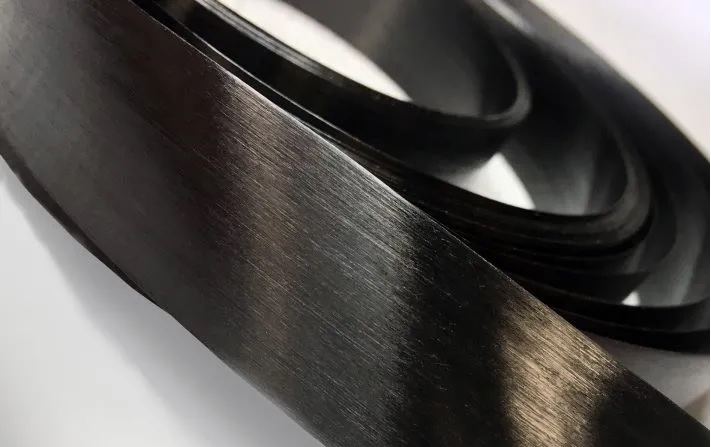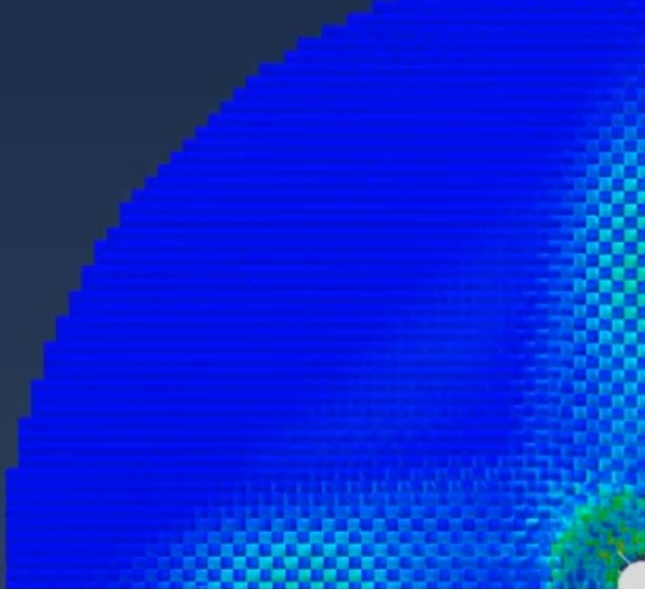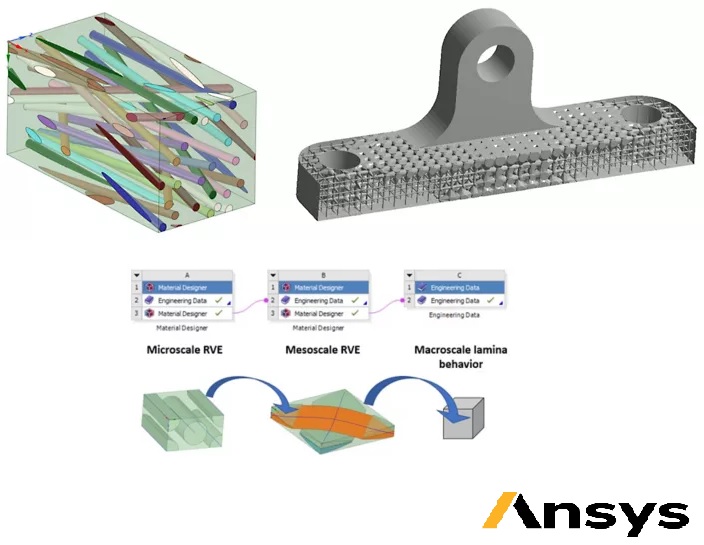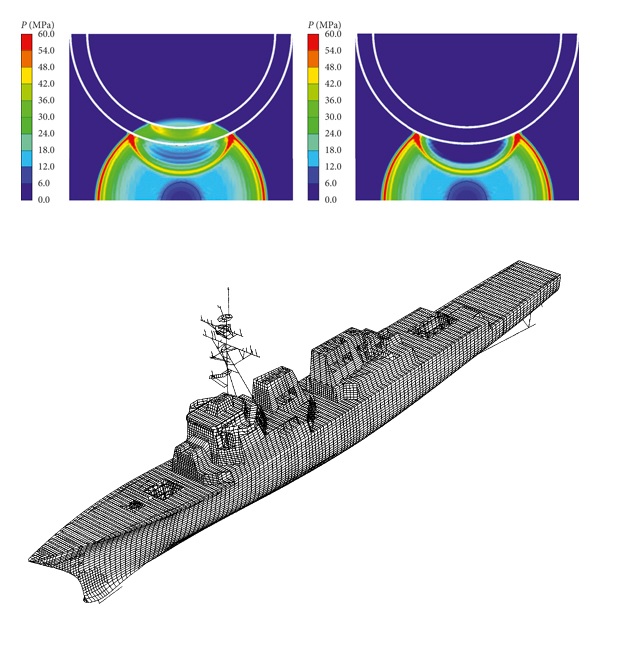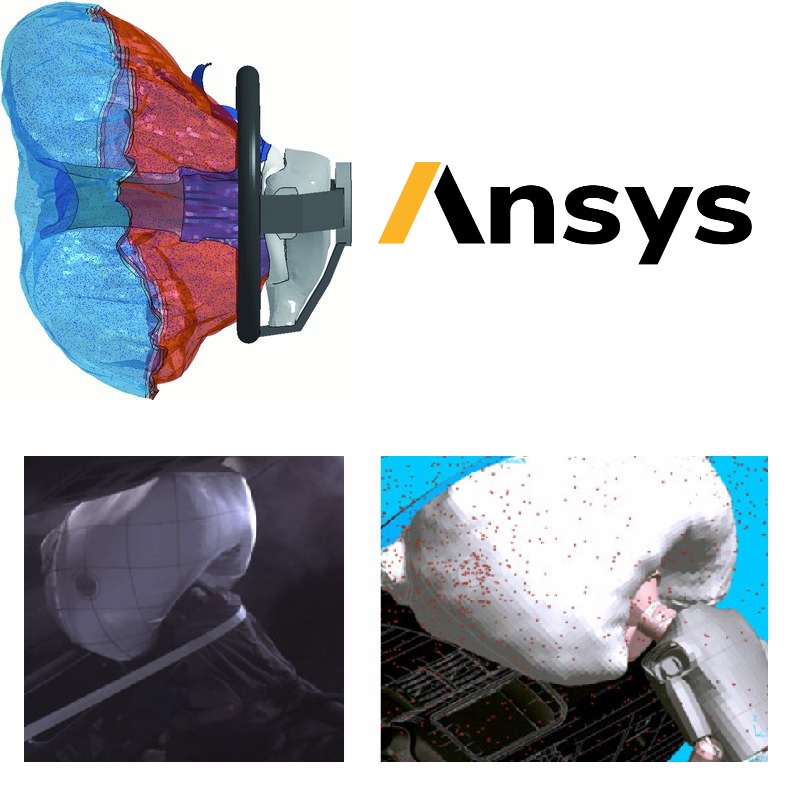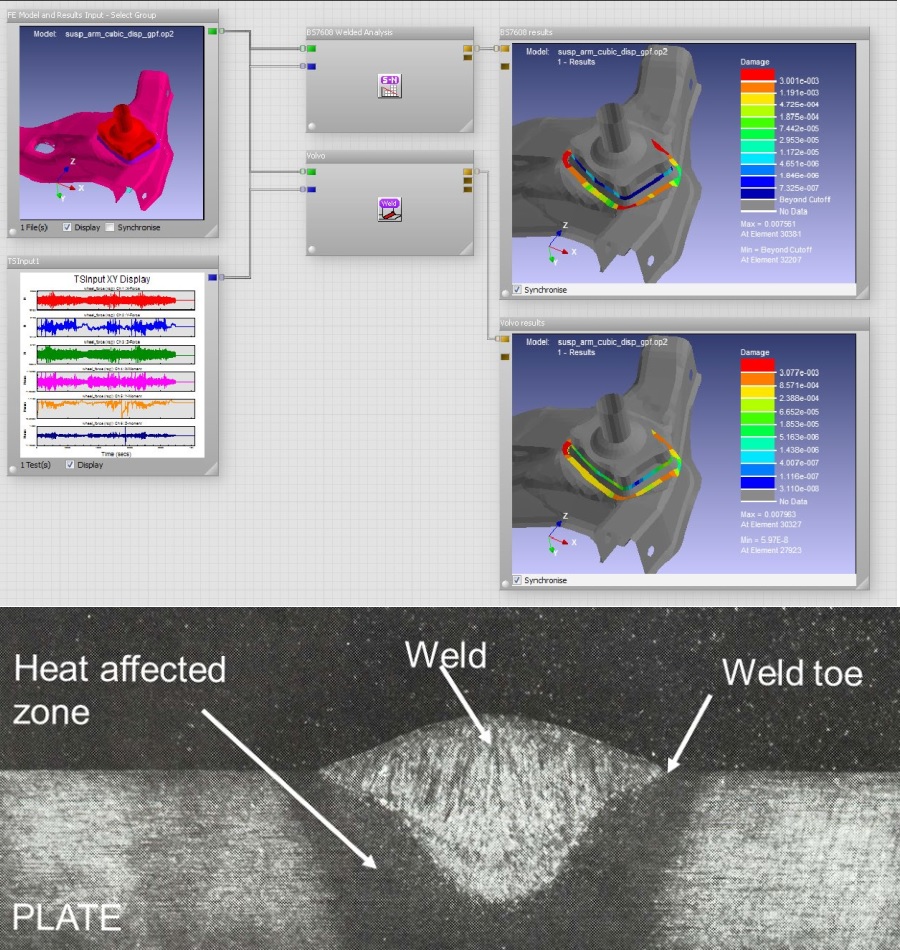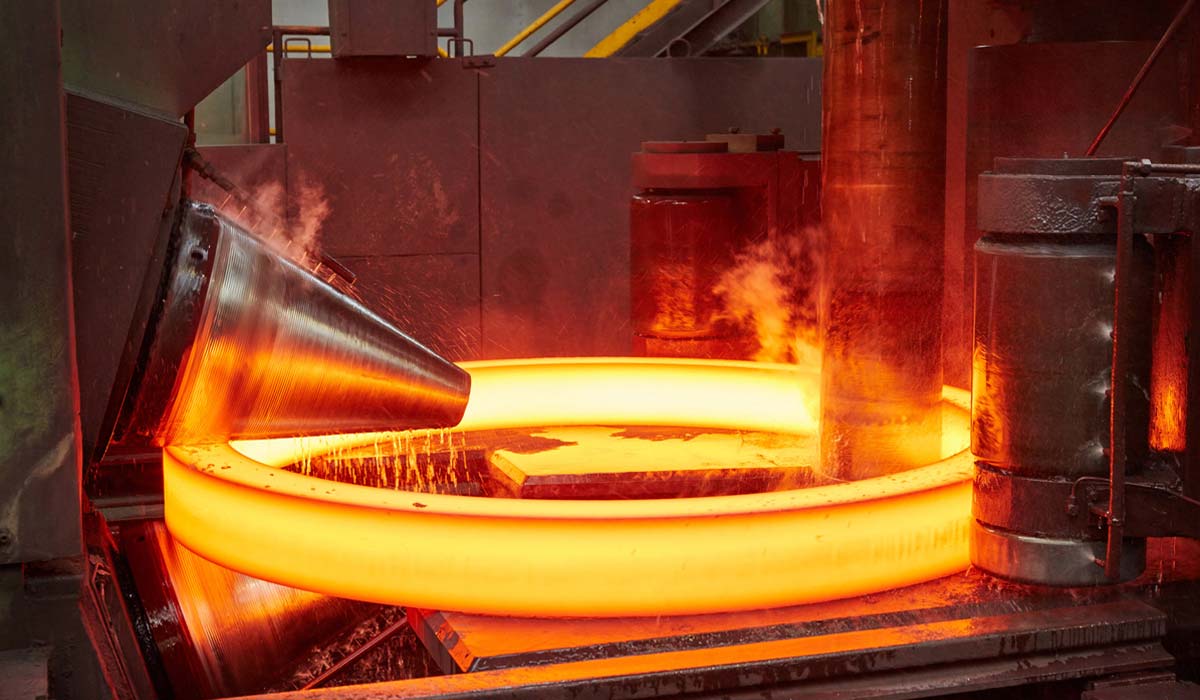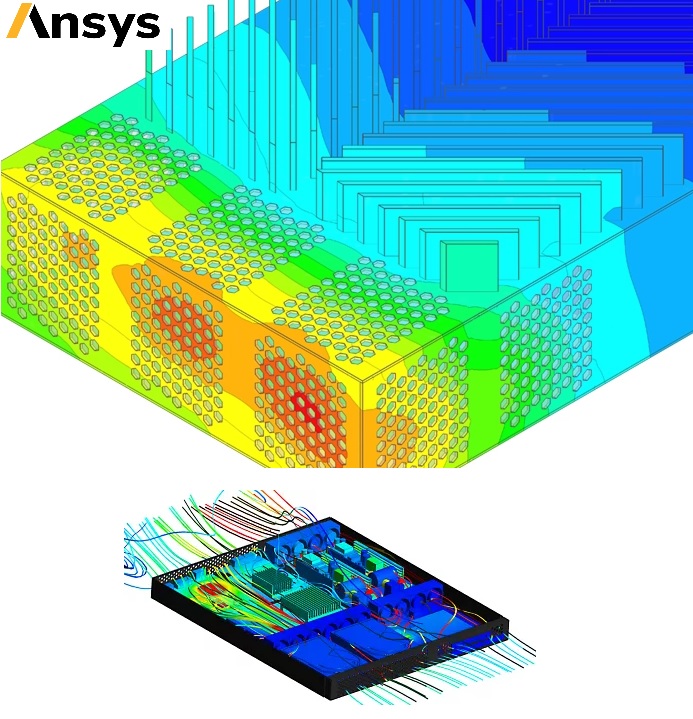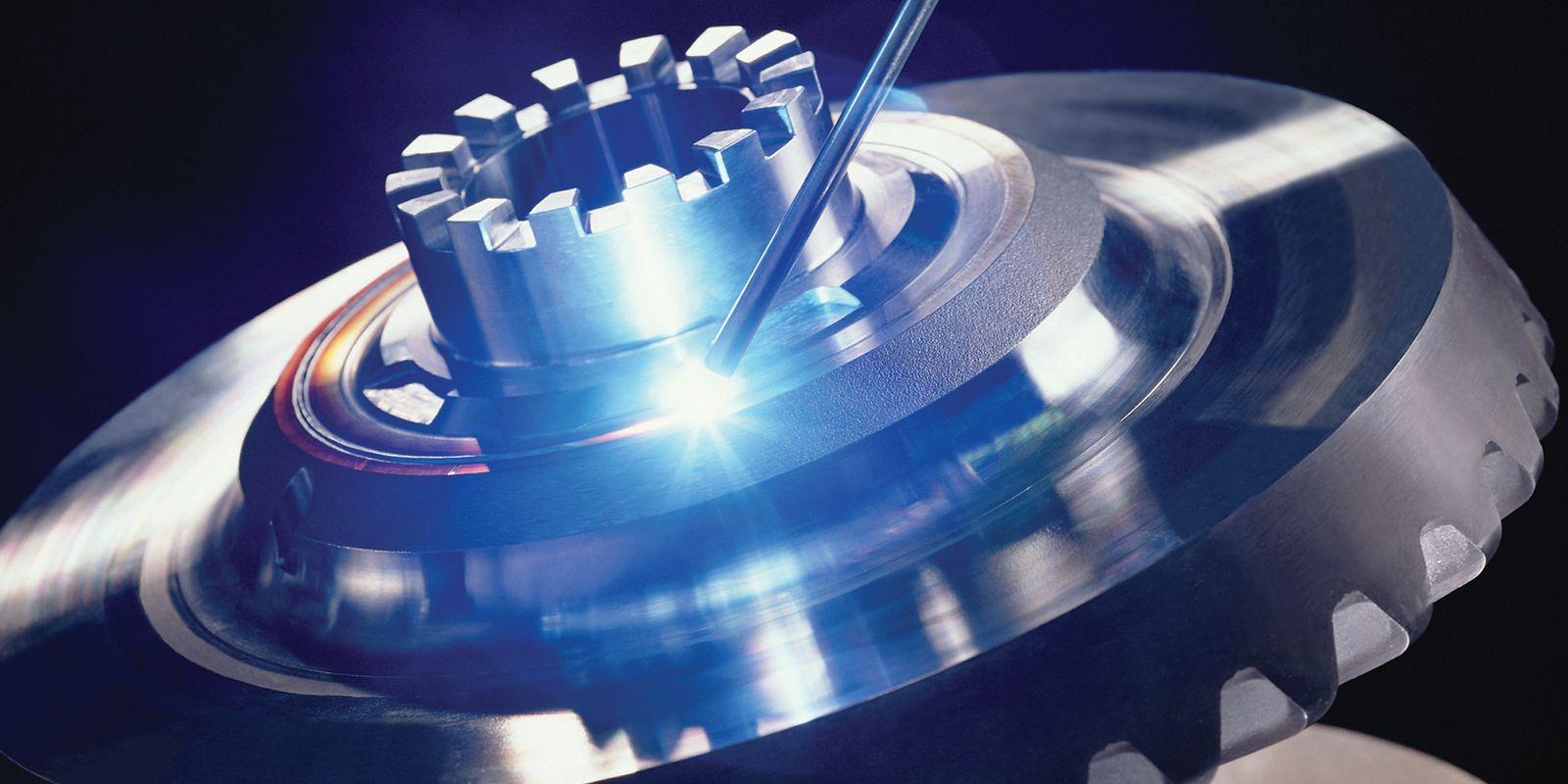Composite materials can exhibit complex behavior under high-rate loading conditions, including fracture, damage, and delamination. High-rate loading conditions refer to situations where the loading rate is very rapid, such as in impact or blast loading scenarios.
In these situations, the material experiences significant dynamic effects that can cause different types of damage, such as matrix cracking, fiber breakage, and delamination. The dynamic effects can also cause the material to behave differently than under static loading conditions, such as increased stiffness, strength, and ductility.
To accurately model the behavior of composite materials under high-rate loading conditions, sophisticated material models and simulation techniques are required. For example, explicit dynamic FEA solvers such as LS-DYNA and Abaqus/Explicit are often used to simulate the transient response of the material under high-rate loading conditions. Material models such as CZMs, damage models, and CDMs are used to capture the different types of damage that can occur in composite materials under these conditions. These models are typically calibrated using experimental data from high-rate loading tests.
Additionally, it is important to consider the effects of temperature rise and the time-temperature dependence of the material response under high-rate loading conditions. The high-strain rates and rapid energy dissipation can lead to significant temperature rise within the material, which can affect its mechanical properties and behavior. Therefore, it is necessary to incorporate thermal-mechanical coupling effects in the material models used for high-rate simulations.
Moreover, to capture the complex behavior of composite materials under high-rate loading, it is also important to consider the microstructure and fiber/matrix interactions in the material. Micromechanical models, such as the multi-scale progressive failure analysis (MS-PFA) approach, can be used to simulate the microscale behavior of the material, and provide insights into the damage mechanisms and failure modes under high-rate loading.
